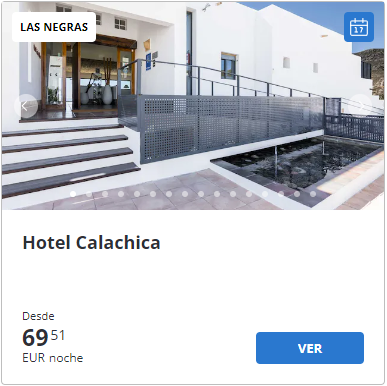The Alcazaba of Almeria is one of the most remarkable symbols of Andalusian culture for its history and cultural impact in the area. It is an imposing monument that has 1430 meters of perimeter and, in fact, is the largest Muslim construction in Spain. Its date dates from the tenth century, when Abderramán III, the eighth and last independent emir and first Umayyad caliph of Córdoba, decided to build the Alcazaba of Almería, after the foundation of the city itself.
The fortress has three different instances: two of Muslim origin and another Christian, symbol of tolerance and cultural richness. The last enclosure, the Christian one, was built as a symbol of reconquest by the Catholic Monarchs and, according to experts in the field, dates from 1489, approximately 50 years after the uprising of the Alcazaba of Almeria by the Muslims.
The monument is located in the primitive nucleus of the city, the medina, which is part of a hill. The almost 1000 years of history of the Alcazaba of Almeria has not allowed us to know the evolution that the civil and military architecture of the time has been experiencing, since its construction has gone through different eras and phases, as well as the development and evolution of the Andalusian city of Almería.
Returning to the above, the Alcazaba of Almeria, consists of three different enclosures. In the first of them we can find a garden area under the cultural precepts of the Muslim era and has been rebuilt. In the second enclosure was the palatial residence of King Altotacín, from the eleventh century. It consisted of a public area where the following are currently located: caliphal cisterns of the tenth century, a Christian arch of the sixteenth century, belonging to the residence of the first Christian warden of the city, two rebuilt houses, the Mudejar hermitage of San Juan, and public baths, among others. In this second room was also located the Government House (the reception area of the palace).
Of this palace, currently, only the private baths and a wall called «Mirador or Window of the Odalisca» that represents a legend about a love story between a Christian prisoner and a favorite slave of the king are preserved. In the third room is the Christian enclosure formed by a castle where a parade ground is located with three very characteristic towers: a del Homenaje, the Ferris wheel and the Gunpowder.



